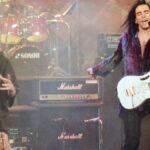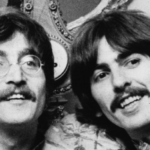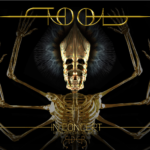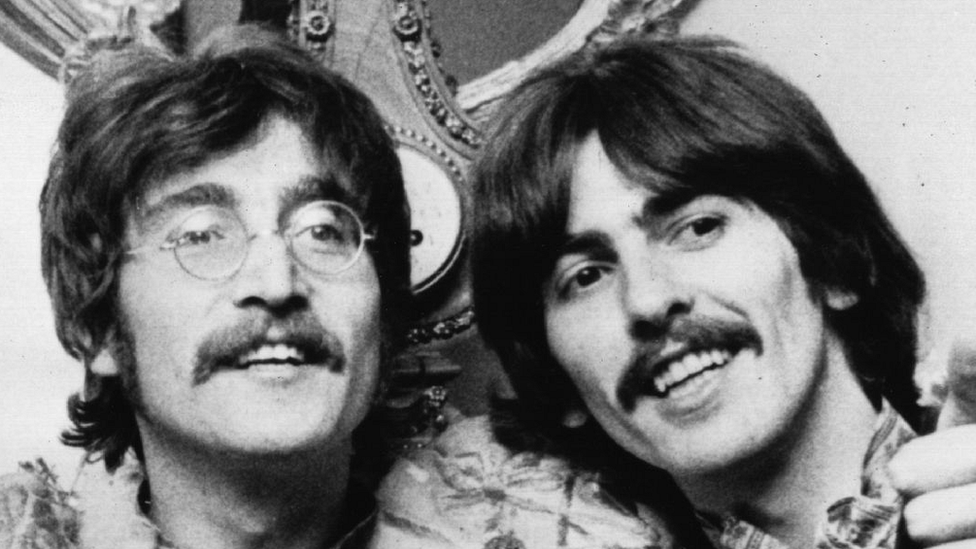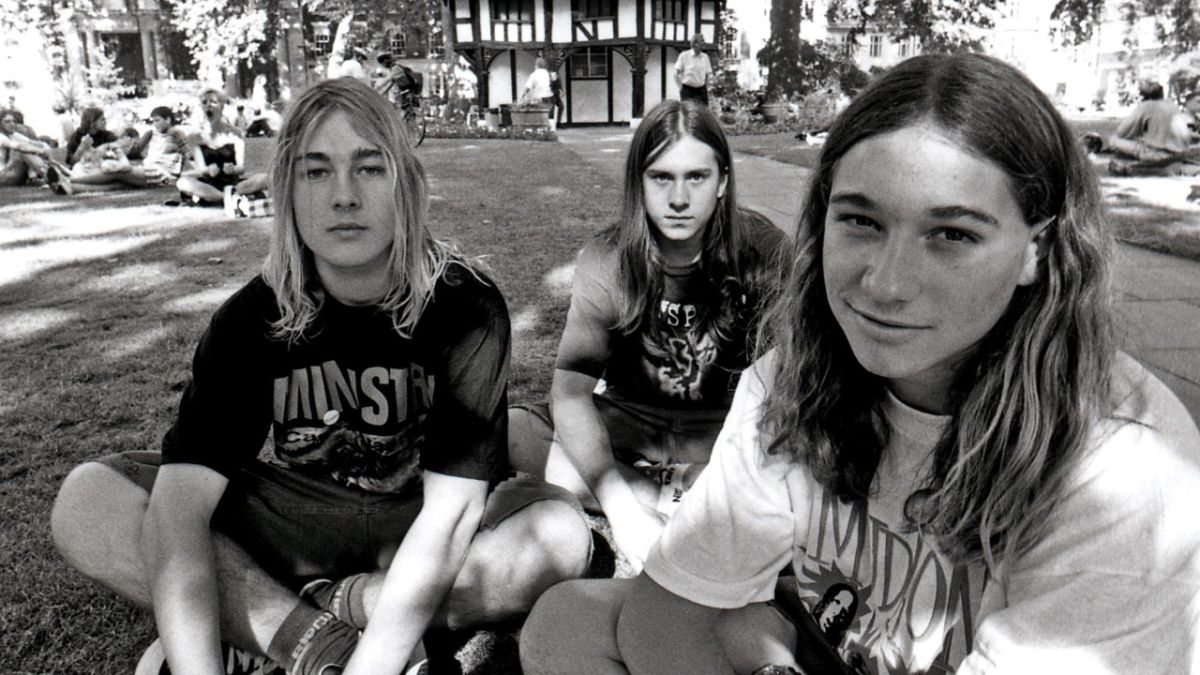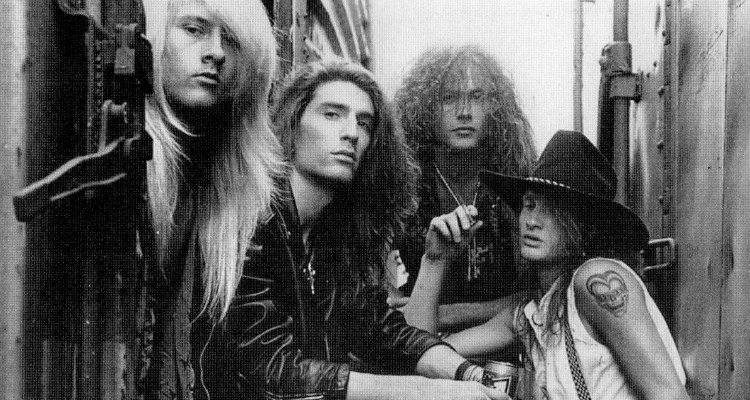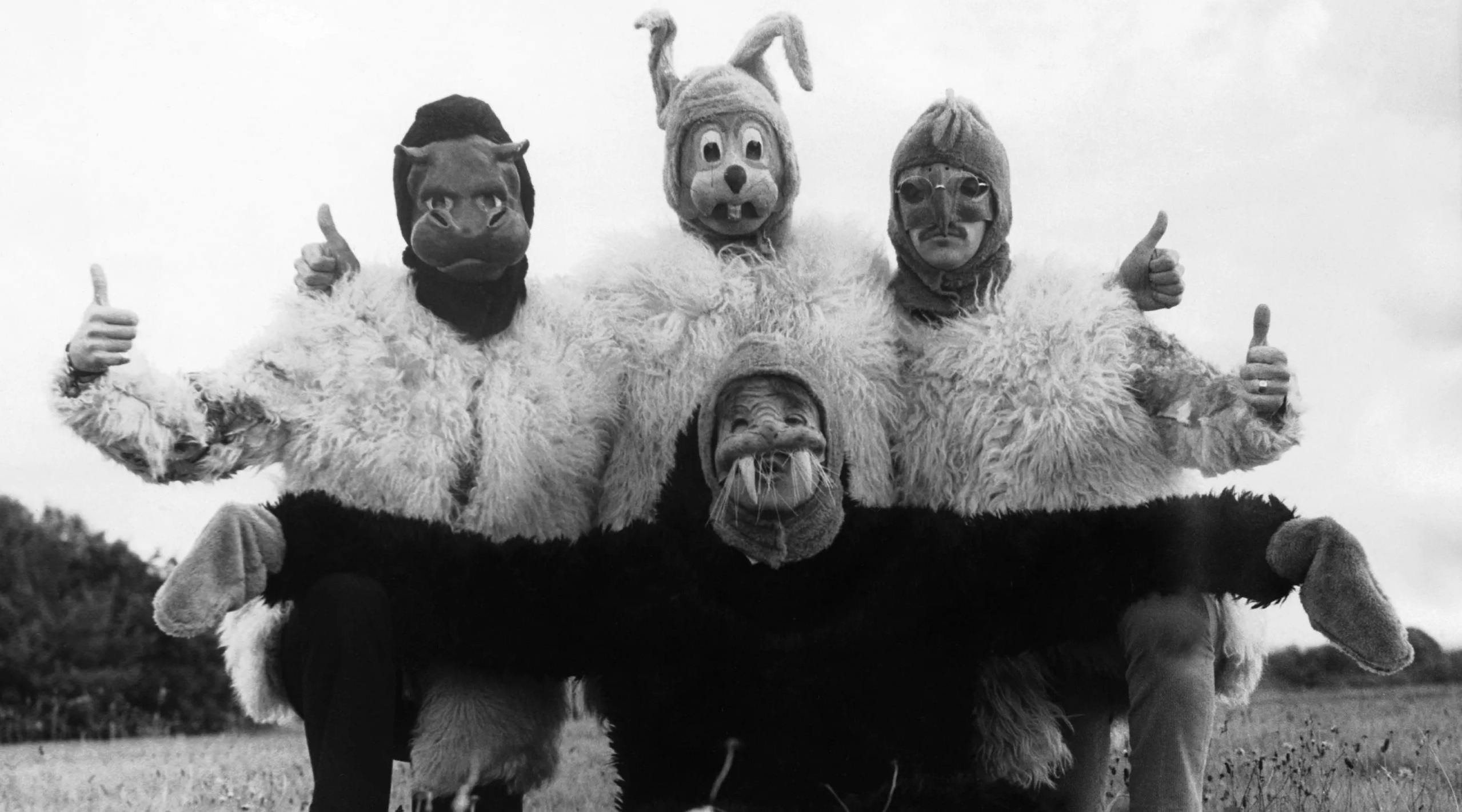Setting the Stage
In the annals of rock ‘n’ roll history, there are moments that define the rebellious spirit of the genre. One such moment occurred in December 2009 when Rage Against The Machine’s “Killing in the Name” made an unexpected return to the UK charts, seizing the coveted Christmas number one spot. This audacious feat came as a response to the dominance of Simon Cowell’s X Factor in the UK’s holiday music scene. In this article, we delve into the unlikely showdown that pitted the anti-establishment ethos of Rage Against The Machine against the commercial juggernaut of the X Factor.
The Rise of “Killing in the Name”
Rage Against The Machine’s “Killing in the Name” initially stormed the music scene in 1992 with its searing guitar riffs and unapologetic lyrics. Inspired by the LA riots and the Rodney King beating, the song vehemently criticized institutional racism and police brutality. However, its explicit language hindered airplay in the United States. Across the Atlantic, in Europe, the song found a fervent following, charting in the UK at number 25 in 1993.
The track’s incendiary nature, both musically and lyrically, made it an anthem for those who felt marginalized and angry with the status quo. Rage Against The Machine’s message resonated with a generation seeking a voice to challenge the establishment. “Killing in the Name” was the embodiment of rebellion, and it would go on to become the band’s signature track.
The X Factor vs. Rock ‘n’ Roll
Fast forward to the mid-2000s, and the UK music landscape had undergone a transformation. The X Factor, a reality TV music competition created by Simon Cowell, had become a cultural phenomenon. Each year, the winner of the show claimed the Christmas number one spot, becoming a tradition. This trend irked many music enthusiasts who yearned for more authenticity in the charts. They felt that the music industry had been overrun by manufactured pop, produced for mass consumption rather than artistic expression.
The X Factor, while entertaining, was seen by some as emblematic of this shift. The show featured aspiring singers, often with little originality, competing for a chance to secure a record deal and achieve stardom. Simon Cowell, the mastermind behind the show, had an uncanny knack for creating chart-topping acts, but some argued that the music produced by X Factor winners lacked the depth and authenticity of rock ‘n’ roll.
The Christmas Chart Revolution
In December 2009, a grassroots movement emerged on Facebook, urging people to buy “Killing in the Name” to prevent that year’s X Factor winner, Joe McElderry, from clinching the top spot. The campaign, supported by renowned musicians like Tom Morello, Dave Grohl, and Paul McCartney, tapped into the discontent of music lovers tired of manufactured pop. While both Rage Against The Machine and X Factor were signed to labels under Sony BMG, the movement symbolized a desire to reclaim the charts from formulaic ballads.

The campaign gained momentum rapidly, driven by passionate fans who saw this as an opportunity to make a statement. They were not merely pushing for a particular song; they were challenging the homogenization of the music industry. The battle lines were drawn: on one side, the establishment represented by Simon Cowell and the X Factor, and on the other, a grassroots movement fueled by a love for authentic rock ‘n’ roll.
Three days after a controversial live performance on BBC Radio 5, “Killing in the Name” clinched the number one spot with over 500,000 digital downloads, dethroning the X Factor. It was a testament to the enduring power of rock ‘n’ roll and a message that authenticity could still triumph in a world of manufactured music. However, the following week saw McElderry’s “The Climb” retake the top spot, marking the last number one song of the year. “Killing in the Name” had made its point, inspiring a new generation of music rebels.
The Impact and Legacy
The Christmas chart revolution led by “Killing in the Name” had far-reaching consequences. It demonstrated that the public could influence the music charts and that a groundswell of support for a counterculture song could challenge the commercial might of reality TV. The campaign raised awareness and funds for charitable causes, proving that music could be a force for good.

In the years that followed, the legacy of this unlikely victory lingered. It encouraged musicians and fans to believe in the power of their voices. The spirit of rebellion and authenticity, embodied by Rage Against The Machine, served as a reminder that the essence of rock ‘n’ roll was still alive and kicking.
A Resonant Echo
In conclusion, Rage Against The Machine’s Christmas chart revolution serves as a reminder that the spirit of rock ‘n’ roll can prevail even in the face of commercial giants like the X Factor. The movement inspired by “Killing in the Name” was a call for authenticity and a protest against manufactured pop, showing that the rebel anthem could still resonate with the masses. As we reflect on this moment in music history, it raises the question of whether we may see more such revolts in the future, reminding us that the fire of rock ‘n’ roll still burns brightly.
Don’t forget to share your thoughts on this iconic showdown in the comments and hit the like, subscribe, and notification buttons to stay tuned for more music stories. Rock on!

